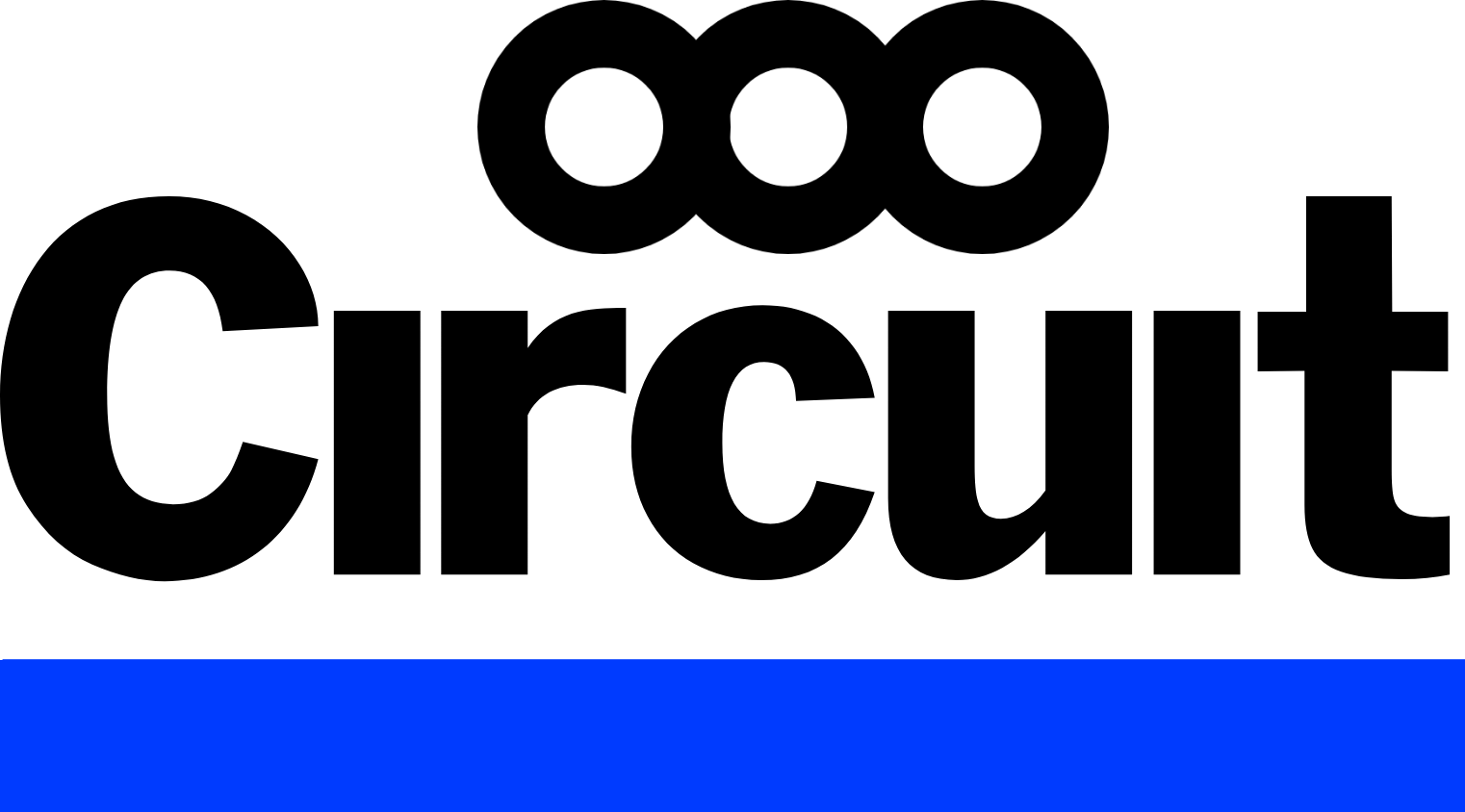Writing is a medium that connects the writer to their readers. And this connection is strong if the writer's voice resonates with the audience.
As a writer, you need to have a clear understanding of the readers with whom you are trying to engage. Your connection with the readers will be strong if you know what your readers are interested in - what it is that they're looking for.
You can do this by picturing one person in your mind - outlining their likes, dislikes, needs, and wants - and trying to write for that person. Imagine this person sitting in front of you. Think about what they want to hear from you. After you've pictured this reader in your mind, use them as your fixed point - your reference point to chart your writing around.
Readers have specific tastes and preferences. A lover of mystery novels will be more drawn to the world of Arthur Conan Doyle than the world of Tolkien. The fan of modern fantasy is more likely to pick up Jim Butcher or Neil Gaiman in a bookstore than high fantasy authors like Robert Jordan or Robin Hobb.
Thus, after picking a topic to write about, it's important to draw a mental image of your reader. This will give a clear idea of what it is that your readers are looking for from you.
In terms of technical writing, it is important to understand whom you're writing for. Take JavaScript developers for instance. The field of JavaScript development is vast. You need to figure out whether you're catering to the demands of a beginner developer, an intermediate one, or an experienced CTO. Imagine what queries they might have regarding a certain topic and then set about addressing them in your writing.
Suppose you're writing for a beginner who is just getting started with coding, a topic that might be familiar to you might be alien to them - and it's important you remember that. You should refrain from using jargon, instead, give explanations and code examples wherever necessary. Your writing will benefit beginners if you make it accessible for them.
"Don't be too clever for an audience. Make it obvious. Make the subtleties obvious also." - Billy Wilder
Here's an example of a beginner-friendly topic presented in a way beginners can find accessible.
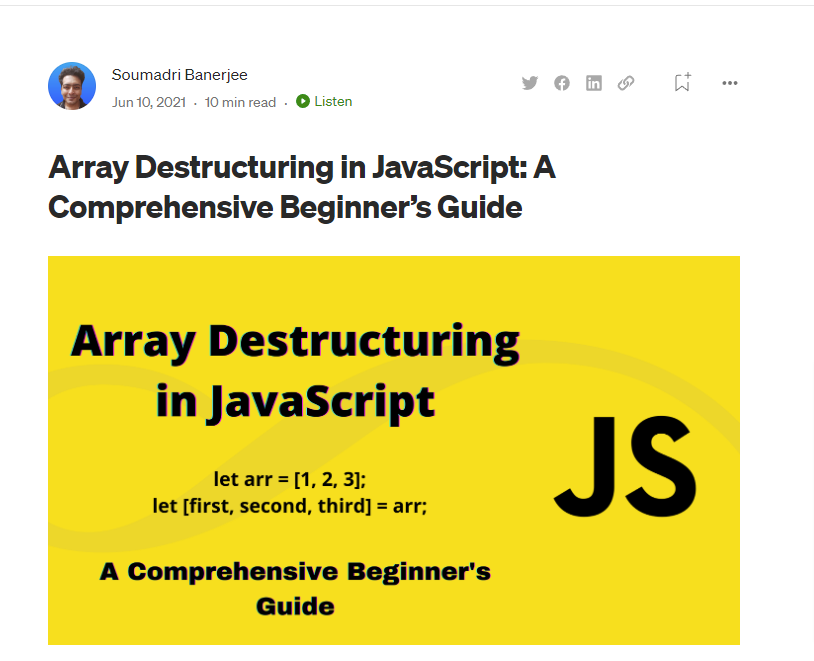
Starting with the title of the story, the author makes it clear that this is a topic for beginners. The title serves as a disclaimer to that end. Calling the article "A Comprehensive Beginner's Guide" not only fixes the topic but also the target audience. The title serves as the fixed point for the author to refer to - drawing the boundary within which he will operate.

The author begins with a brief introduction explaining what the subject is and what it does, quoting sources wherever necessary. For beginners, this is important because they need to first understand what the topic is about and then dive deeper into other sub-topics.
For a writer, it's very important to guide the beginner across the expanse of their writing, ensuring they have a smooth ride.
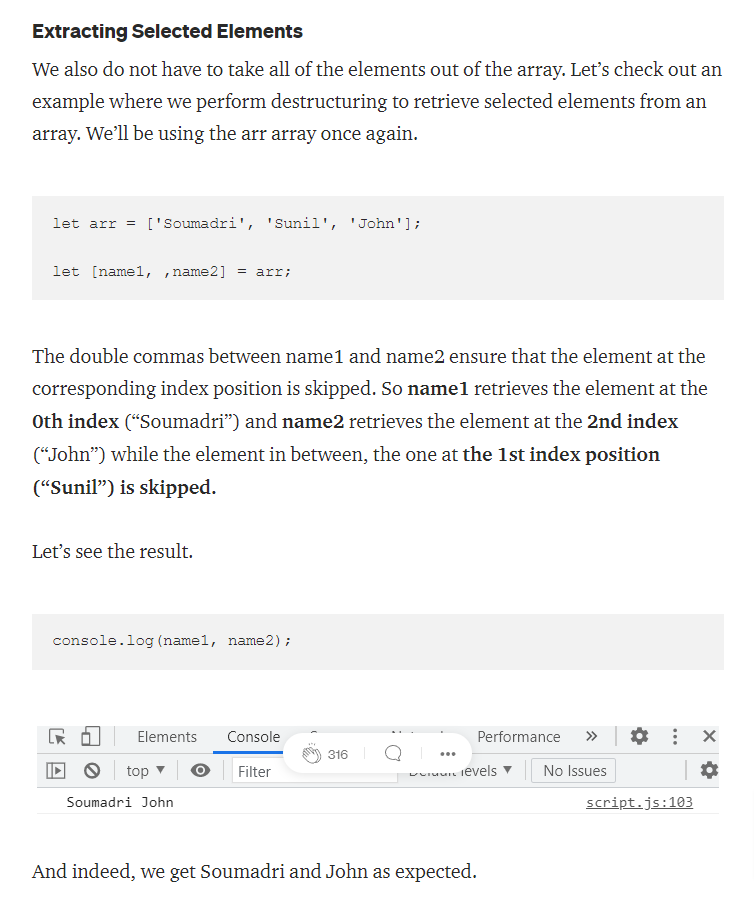
Here we see the author explaining what one can do with the concept he talks about in the article. He gives code examples in proper code blocks explaining each step involved. This step-by-step breakdown prevents too much info-dumping at one step thereby ensuring that the beginners don't get intimidated by the text. Moreover, they can easily search for and revisit the same subtopic should they need to revise.
Beginners looking for code solutions can also easily scan the article for subsections relevant to their query.
The author shows a clear understanding of his readers' requirements and succeeds at catering to all possible demands of a beginner who's trying to learn about "array destructuring in JavaScript".
In a similar vein, an experienced JavaScript developer might not be interested to learn what React Hooks are. They might be interested in your article for a specific task that can be accomplished with a React Hook. Hence, they will appreciate your writing more if you focus on solving the problem at hand instead of re-explaining concepts that are well-known to them.
Here's an article from our publication that follows this method.
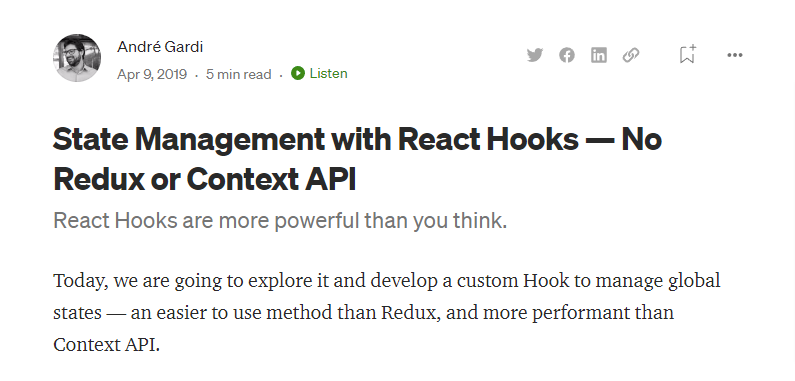
Here, the title outlines the purpose of the article. JavaScript developers can identify from the title itself that this article is aimed at experienced developers. The author begins with a short explanation of what it is that he's going to accomplish with this article. This makes the reader aware of what's to come in the subsequent lines.
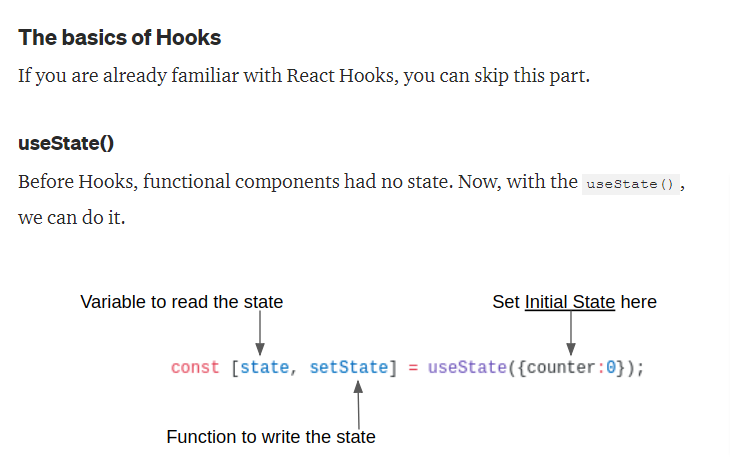
Since the audience is an experienced developer, we only get a brief overview of what useState and useEffect do, only to the extent that it's relevant to the rest of the article and no more.
Still, considering the fact that the target readers might already be aware of the basics, the author has deemed it important to include a disclaimer at the beginning of the sub-topic.
This optional section is followed by the main body of the article. The author breaks it down into several sub-parts dropping images,
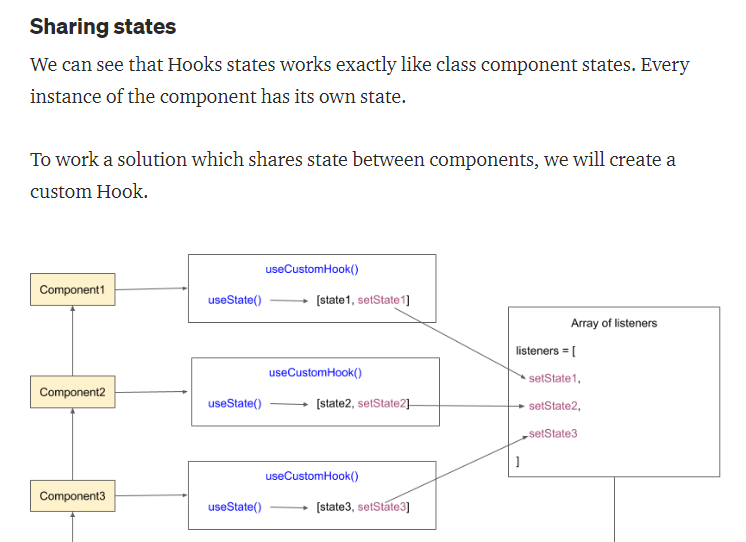
code blocks,
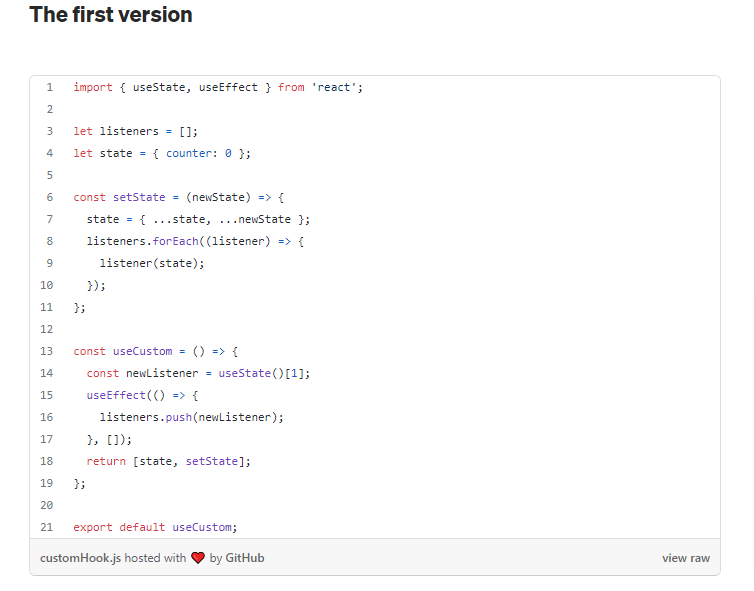
and explanations wherever necessary.
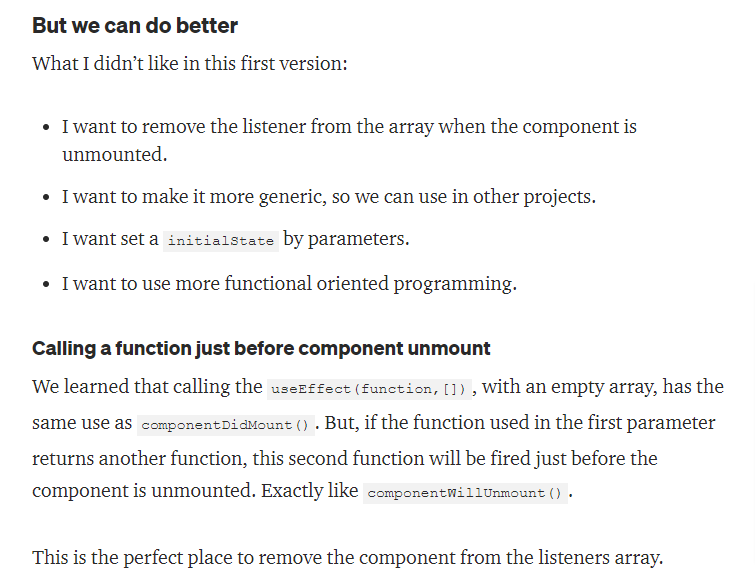
And before pulling the curtains on the article, the author also shows a couple of examples/use cases of the concept he explained, being mindful to include Code Sandbox links for his readers to access the code he had written.

This article is presently sitting on 249,000 views, with 10,718 claps - proving that writing for a specific audience lends strength to your writing and is generally well-received in the intended circles.
On a given day, readers are exposed to a multitude of written content on numerous platforms. People are scouring the internet for something that will answer their queries. As a writer, if you are to answer the question of your readers then you need to first understand what it is that readers are asking for. And you can only identify this question if you've first identified your reader.
In your job resumes, you highlight specific skills to grab the attention of certain recruiters. If recruiters find what they're looking for, chances are they will shortlist you for an interview.
For an artist trying to break into the concept art industry, it's important to maintain consistency in their portfolios. Portfolios with concept designs of creatures, vehicles, and characters are going to interest art directors more than portfolios with portraits, landscape art, and still-life painting.
Having a specific audience gives you a target - a focal point - to aim at. Having too many targets can divert your attention. Instead, if you focus on one specific reader and employ your wits to satisfy them, you will definitely succeed at pleasing them. Hence, don't be afraid to narrow down your target audience to just one person or group. At the very least, you'd be pleasing one person instead of pleasing none.
Read part three here.
